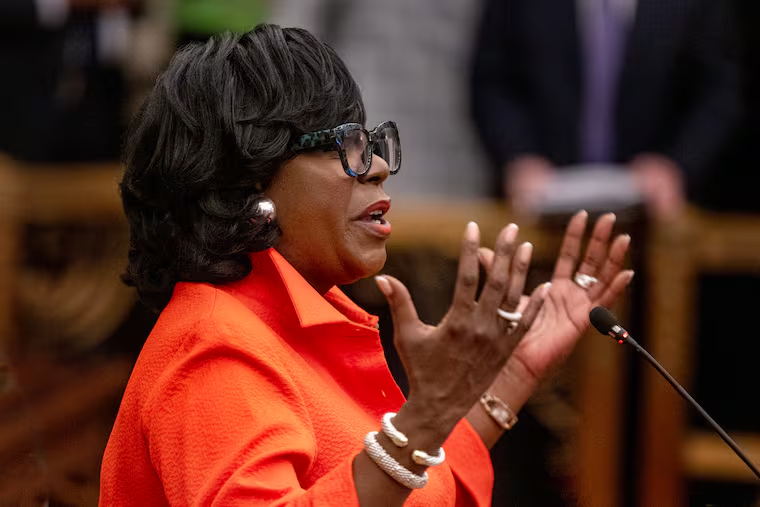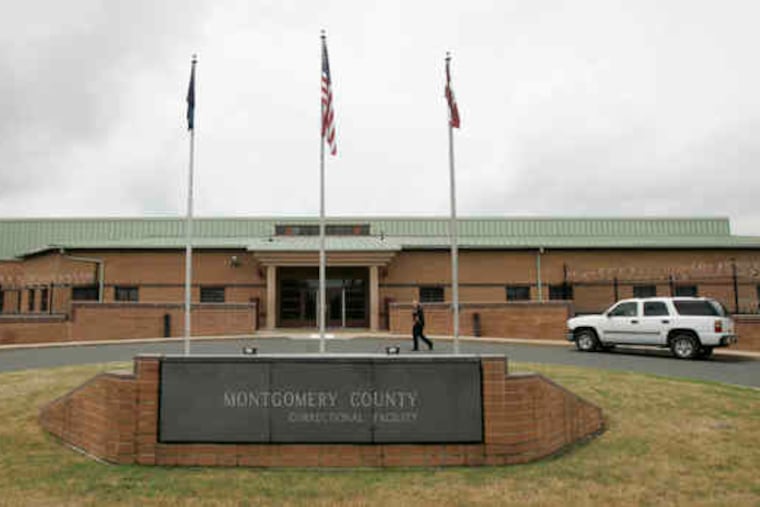Mayor requests 0 million for housing with minimal margin for error in funding proposal.
Mayor Cherelle L. Parker’s ambitious housing initiative of 0 million, part of a broader proposed budget of .7 billion, is currently under review by the Philadelphia City Council. As discussions intensify, the success of this plan, titled Housing Opportunities Made Easy (H.O.M.E), hinges on numerous factors that warrant careful consideration.
City Council has taken an active role in evaluating the implications of the H.O.M.E. program. A pressing question raised is whether it is prudent for Philadelphia to incur an additional 0 million in debt amid ongoing political and economic instability in Washington. Councilmember Isaiah Thomas has expressed concerns regarding the initiative’s financial commitment in light of other city priorities, including education, public safety, and transportation infrastructure.
The financial burden associated with the proposal includes an estimated yearly cost of million in interest and principal on the bonds over the next 20 years. While this expenditure seems feasible within the context of Philadelphia’s extensive budget, it is contingent upon effectively meeting its housing goals: restoring 16,500 dwellings and constructing 13,500 affordable homes.
Additionally, the unpredictability surrounding federal funding, particularly in an environment characterized by substantive cuts initiated by the current administration, poses substantial risks. Philadelphia received approximately .2 billion in federal support last fiscal year, primarily for essential social services. However, projected cuts, such as the recent loss of million in funding, heighten uncertainty regarding potential future federal aid.
Responding to these challenges, Parker has proposed a million reserve within the city’s budget to accommodate unexpected losses in federal assistance. Nevertheless, she has refrained from speculating on the implications of further funding cuts.
Concerns also extend to the income eligibility criteria for the home repair program. The proposal seeks to increase the threshold from ,650 to 9,000 for a family of four, raising doubts among Council members about whether the assistance will reach those in the most need. Parker counters that many potential beneficiaries face substantial debts beyond their income, advocating for a more inclusive approach that extends assistance to moderate-income neighborhoods as well.
Critics have questioned the breadth of the housing initiative, which consolidates funding across 38 different programs. Would a more concentrated investment yield greater results? Parker argues that the selected programs have proven effectiveness, and expanding their funding and income eligibility will enhance their utility for crucial city workers, such as teachers and healthcare professionals.
Overall, while the housing initiative aligns with Parker’s vision for a cleaner and safer city, its genuine transformative potential will manifest through successful personal stories of families gaining stability and security. Furthermore, it is essential that the administration maintains transparency and efficiency in its execution. As the initiative proceeds, vigilance is necessary to avoid past pitfalls that have hindered similar programs in Philadelphia, ensuring that taxpayer resources are utilized effectively for the betterment of the community.
Moreover, City Council has raised concerns regarding the decision to issue taxable bonds rather than the more commonly used tax-exempt bonds, resulting in increased borrowing costs. This strategy is rooted in the need for flexibility in transferring city-owned land to private developers for the housing initiative’s success. The Parker administration remains committed to this approach, asserting that it is essential to achieving intended outcomes.
As Philadelphia navigates the intricacies of this significant housing initiative, the stakes are high, and the focus must remain on the overarching goal of fostering a more inclusive and stable housing environment for its residents.







